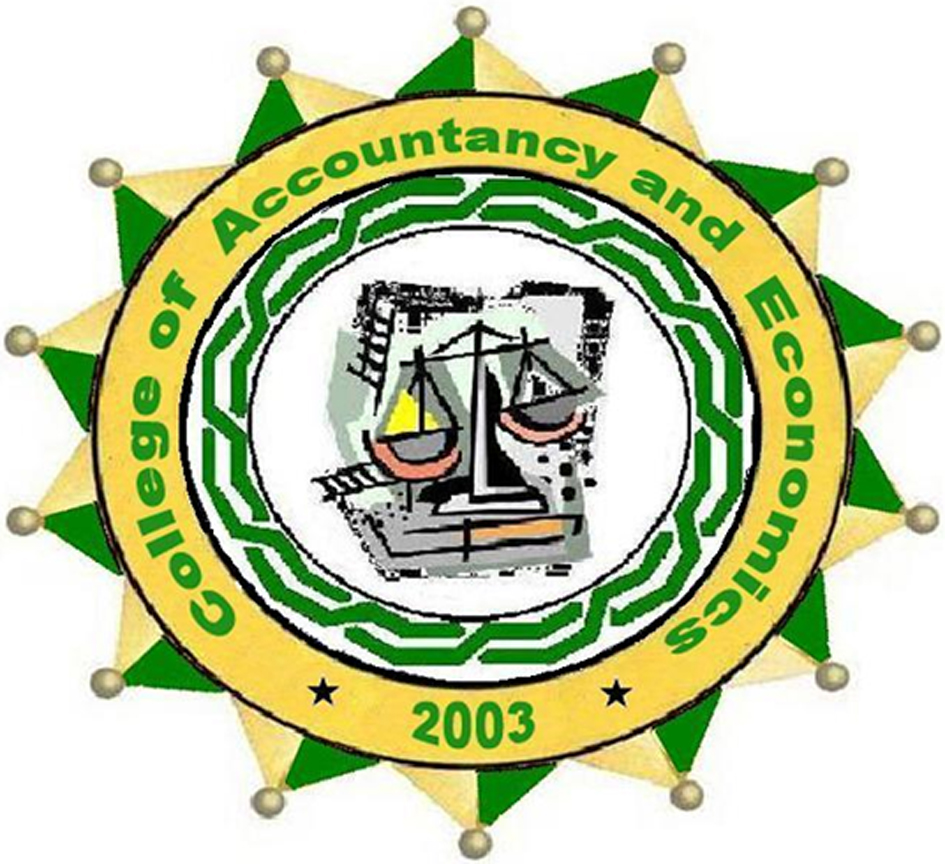
 HISTORY
HISTORY
The College of Accountancy and Economics (CAE) was established in the year 2003 which was originally subsumed under
the College of Business and Public Administration (CBPA).
Currently, the college is divided into two (2) Departments,
the Department of Accountancy (DA) and the Department of
Economics (DE).
As in the case of the other colleges in the university, CAE
is headed by the dean of the college. To realize the academic,
logistical, and administrative requirement of the college, the
dean is supported by the college secretary and department
chairpersons of both DA and DE. The faculty line-up consists
of 18 full-time faculty members and 18 part-time faculty
members. There are also 2 administrative staff supporting
the college.
VISION
In line with our university's vision, mission and objectives,
we, at the College of Accountancy and Economics, aspire to be
a top notch school of accountancy & economics.
MISSION
In pursuit of our vision, we commit ourselves to be the
leading Center for Academic Excellence in the fields of accountancy,
internal audit and economics by producing responsible citizens,
dynamic leaders, and competitive professionals.
OBJECTIVES
Guided by the college's vision and mission, we commit ourselves to:
• Perpetually align the accountancy and economics curricular
programs responsive to the changing demands of commerce,
industry, and the global economy.
• Instill in every student academic excellence, value ethics,
professionalism, and social responsibility to be better individuals
and reliable citizens.
• Enhance faculty professional competencies and strengthen
work ethics and values through continuous faculty development
programs that will contribute to the efficient and effective
delivery of instruction in the college.
• Engage in continuous research and other related activities
for the development of required skills and capabilities of
the faculty and students.
• Strengthen linkages with local government units, private
institutions, and professional organizations in order to
provide mutually beneficial support system.
